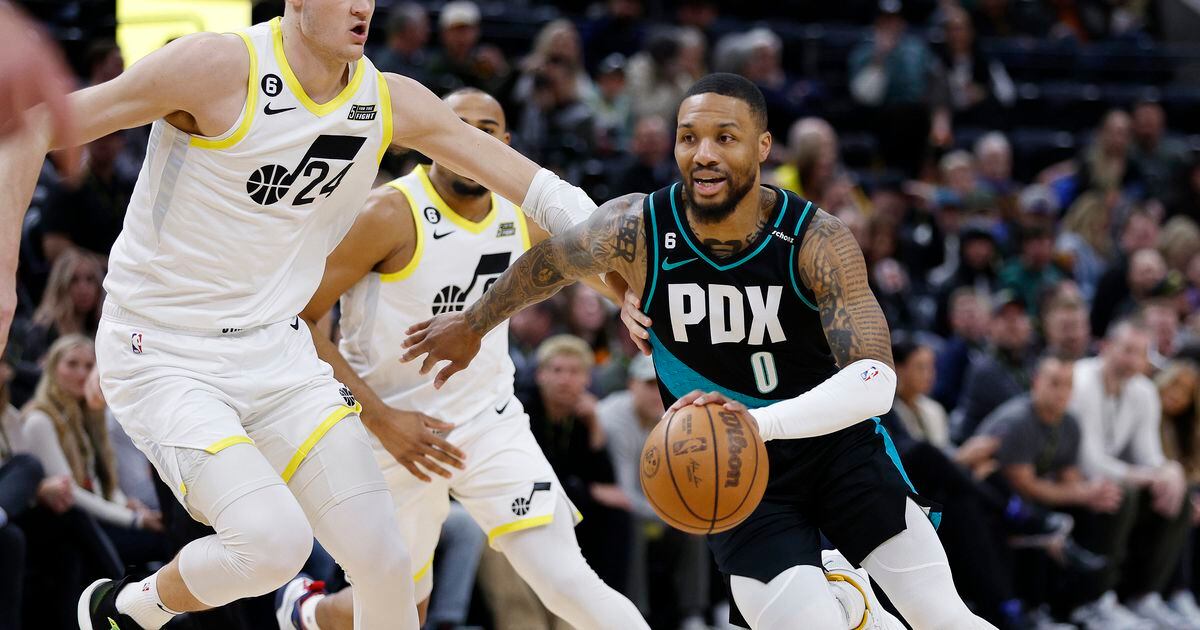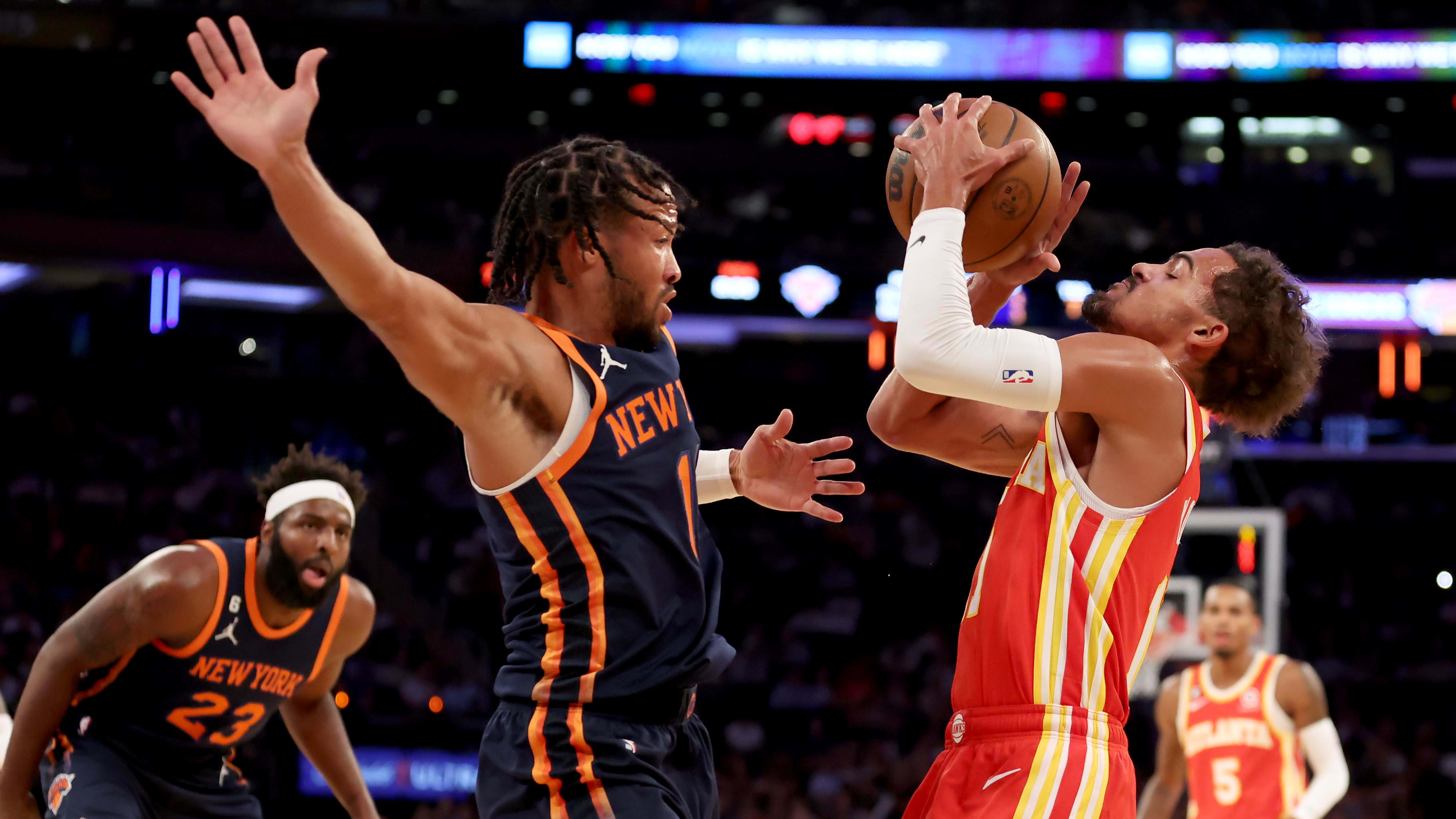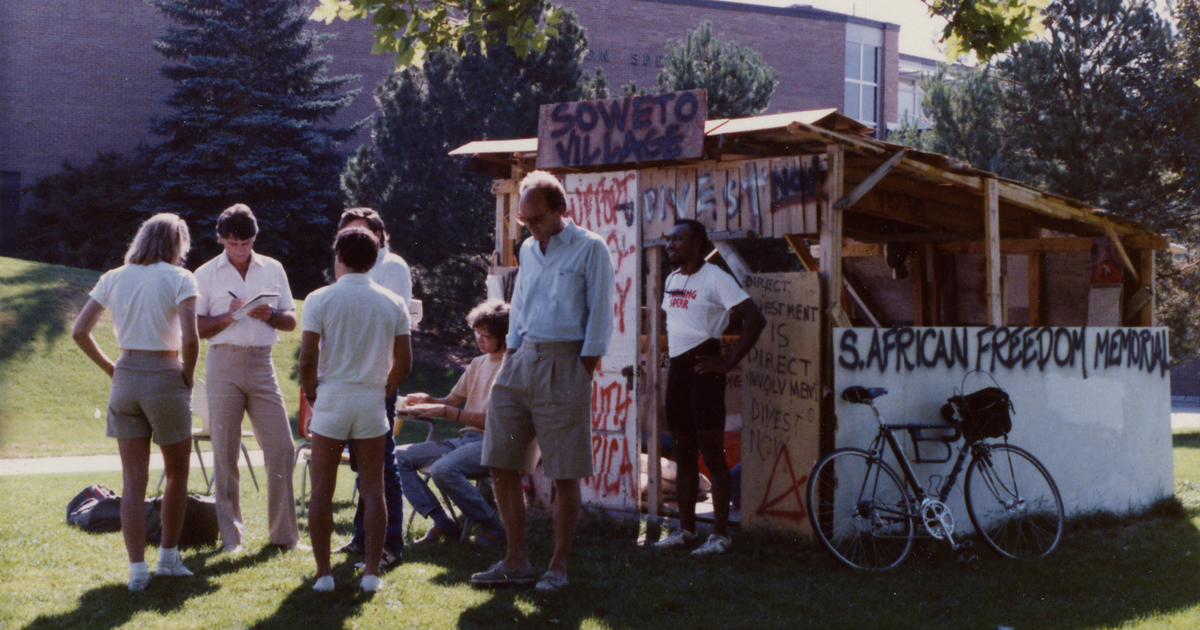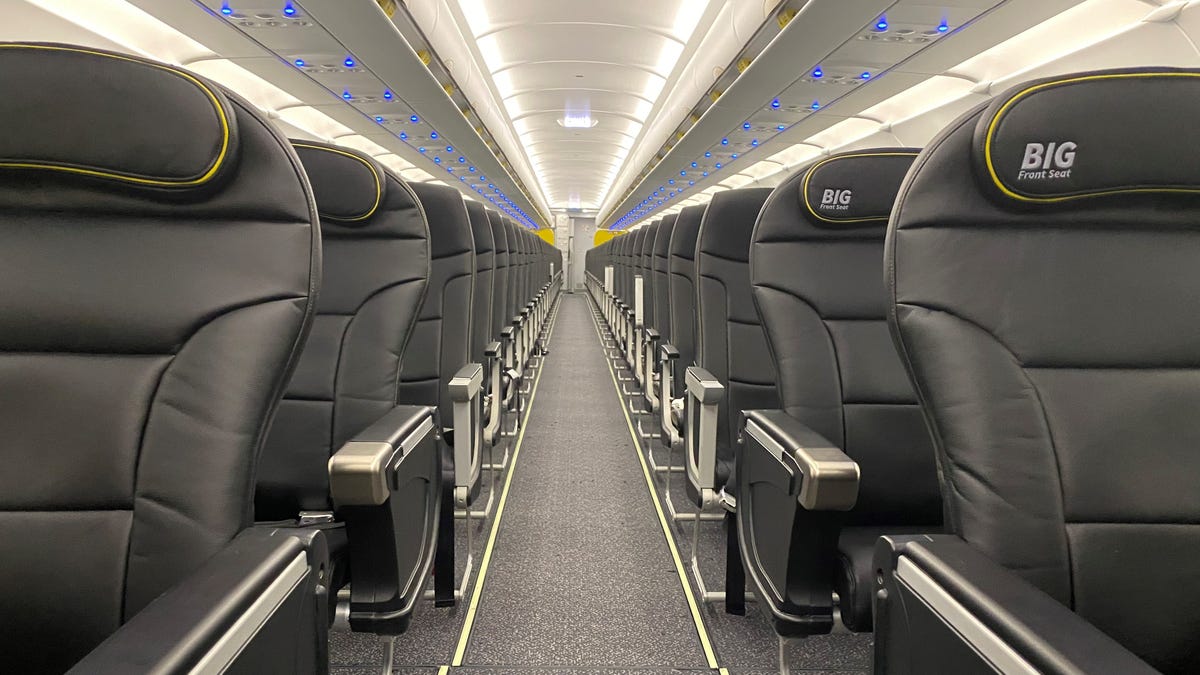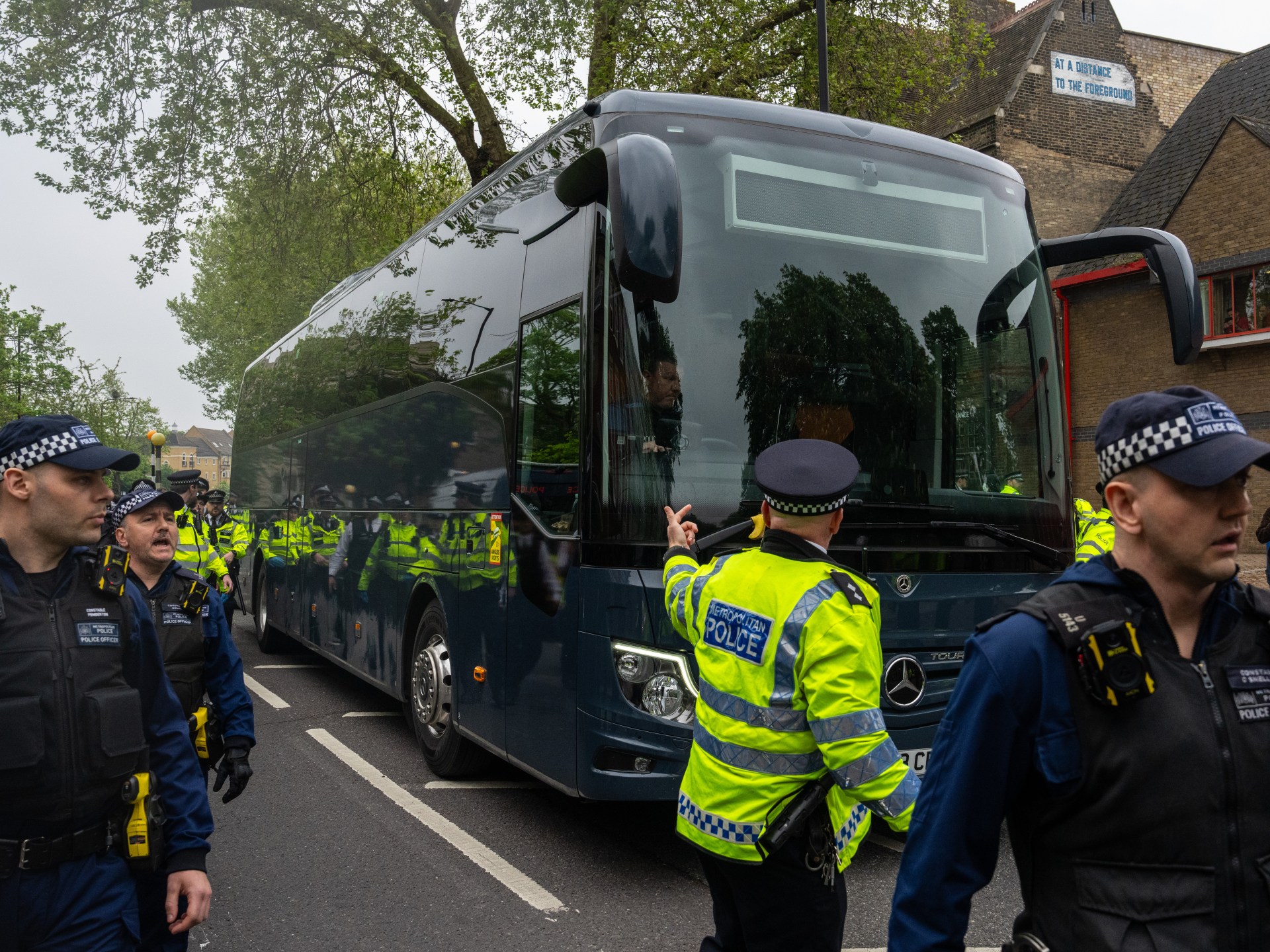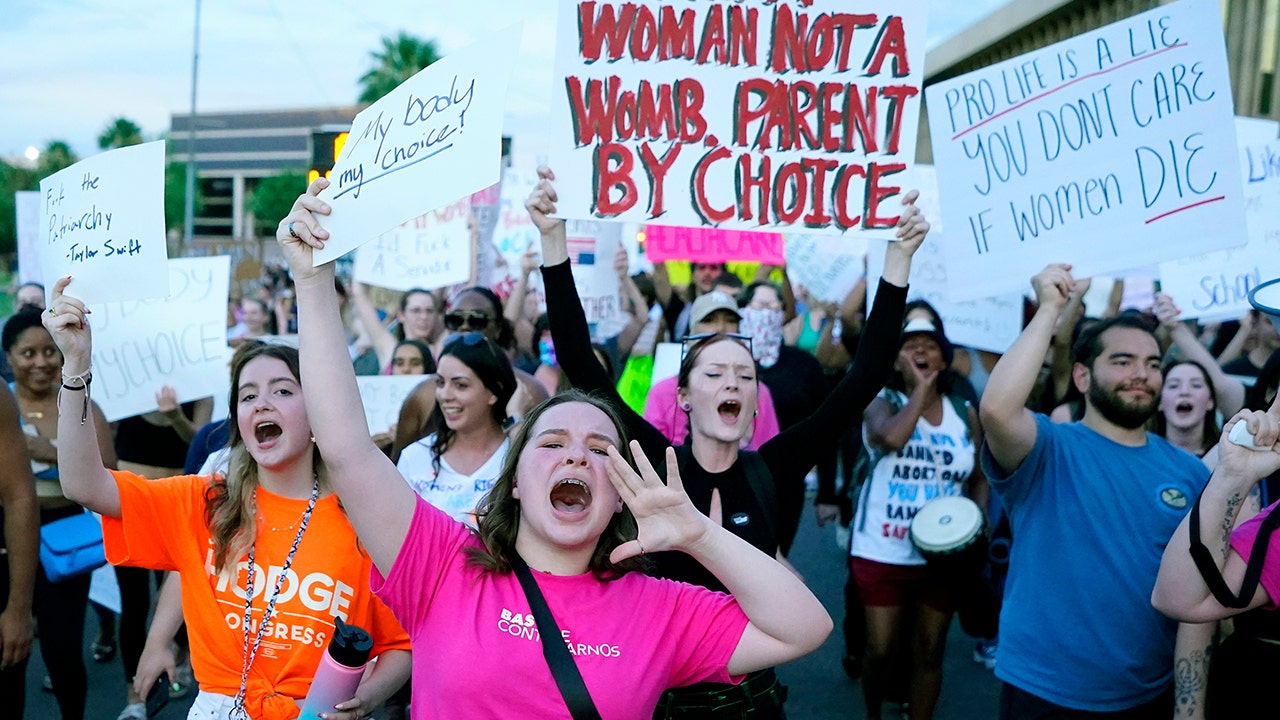When Utah Jazz general manager Justin Zanik was discussing in February why he traded two starters and two rotation players for what he hopes will be a lottery pick from the Lakers in 2027 (but which could become just a second-rounder), he referenced the Phoenix Suns’ then-recent acquisition of superstar forward Kevin Durant as part of the explanation.
“There’s no transaction of that level that we’re not going to be involved in if it makes sense, because we have the ability to do those,” Zanik said.
Owing to that Lakers deal, plus the trades that sent Royce O’Neale to the Nets, then Rudy Gobert to the Timberwolves, and Donovan Mitchell to the Cavaliers, the Jazz have a haul of future draft picks in their back pocket.
That collection of assets even elicited a bold claim from the GM about the ability to acquire other teams’ superstars: “We could do that type of a trade multiple times,” Zanik said.
The Jazz believe they have the requisite firepower to get someone. So then, the question becomes, who can they get?
Some teams don’t have a big star to trade (keeping in mind that “star” is a relative term), and some teams have stars they’re certainly not going to part with, so there won’t be 29 options below. But let’s go across the NBA and, “Mythbusters”-style, determine what’s actually plausible.
Atlanta Hawks: Trae Young
The case: There are definitely some serious concerns about him and his game: his defense is detrimental; despite being known as a shooter, he’s pretty inefficient (43.7 FG%, 35.1 3P% career); he’s turnover-prone (4.1 per game); and he’s got a reputation for getting coaches fired. And yet, he’s incredibly productive — averaging 25.5 points and 9.3 assists per game for his career. As he just completed the first season of a five-year, $173 million extension, and the cost-conscious Hawks have underwhelmed, a reboot could be in order (plus, ownership might be keen to recoup some of the draft capital they spent on Dejounte Murray).
The verdict: He’s incredibly prolific, but the holes in his game and that contract would make him a big gamble. Between those and his apparent bonding with new coach Quin Snyder, he seems unlikely to go.
Boston Celtics: Jaylen Brown
The case: Jazz fans have been openly lusting over the possibility of adding him for months now, and why not? He’s a 6-foot-6, 223-pound wing who’s a well-rounded, legitimate two-way player. Offensively, he was up to 26.6 ppg and 3.5 apg this season. Defensively, he’s strong and switchable. Meanwhile, there are persistent rumors that he is perhaps unhappy in Boston.
The verdict: Recency bias (see his struggles vs. the Heat) in combination with the massive extension he’s eligible for as a result of his All-NBA selection scream buyer beware. But that shouldn’t undo all that came before. The Celtics want to keep him, and can offer him a ton. Also, would he want to play in Utah? Regardless, if he becomes available, the Jazz should be in the conversation.
Brooklyn Nets: Mikal Bridges
The case: He’s a 26-year-old, 6-6 wing already regarded as one of the better perimeter defenders in the league, and upon being handed an expanded role in Brooklyn following the Durant trade, he averaged 26.1 points, 4.5 rebounds, 2.7 assists, and 1.0 steals, while shooting 47.5% overall and 37.6% from deep. Plus, he’s at a measly 1.0 turnovers per game for his career.
The verdict: Did you just read those numbers he put up for the Nets? He’s not going anywhere.
Charlotte Hornets: Gordon Hayward
The case: Crazy, right? I’ll concede it’s not a likely reunion, but let’s play devil’s advocate, as the Hornets aren’t trading LaMelo Ball. Hayward is a 6-7/225-pounder who’s a good secondary scorer and playmaker. His 3-pointer was off this season (32.5%), but he’s at 36.9% for his career. On the negative side of the ledger, he’s 33, hasn’t played more than 52 games in any of the past four seasons, is in the last year of his contract, and his current production doesn’t really match the $31.5M he’ll be making. Oh, and also, some in this state consider him the devil incarnate.
The verdict: To quote Lloyd Christmas, “So, you’re telling me there’s a chance?”
Chicago Bulls: Zach LaVine
The case: The backsliding Bulls seem likely to try and tear things up and start fresh. LaVine is perhaps not a bona fide star, but he’s a 6-5 wing who can credibly play three positions. He’s not a great defender, and he’s had a history of knee issues (he had a five-season run where he averaged just 50.4 games played), though he played in 77 games this past season. He’s a more reliable scorer than you perhaps suspect, going 23.7, 25.5, 27.4, 24.4, 24.8 ppg over the past five years. And he’s a career 38.4% from deep.
The verdict: He’s certainly not the biggest name on this list, and the injury history is worrisome, but LaVine could be an intriguing secondary option in a Lauri Markkanen reunion.
Dallas Mavericks: Luka Doncic
The case: Um, he’s one of the most singularly transcendent talents in the NBA, as he averaged 32.4 points, 8.6 rebounds, and 8.0 assists this season.
The verdict: If you have a chance at a talent like this, you go for it. By himself he makes your team relevant. As my coverage partner Andy Larsen noted, the acquisition cost would be staggering. And personally, I don’t believe the Mavs are ready to move on. But if they are, the Jazz can and will try to make it happen.
Denver Nuggets: Michael Porter Jr.
The case: Obviously, it’s hard to predict what changes Denver might be looking to make, when the team will soon be either celebrating its first NBA championship or lamenting falling short. Still, his first couple games in the Finals have not thus far inspired a ton of confidence about him being an indispensable cog. Still, he’s a 6-10 shooter, not yet 25yo, who’s been above 41% from 3 in three of his four seasons.
The verdict: If the Nuggets win it all, he’s not going anywhere. If they don’t … Well, he’s got four years left on his deal paying him between $33.4M and $40.8M. Perhaps worth a gamble he could flourish in a bigger role?
Golden State Warriors: Jordan Poole
The case: Golden State is looking at a gargantuan payroll and tax bill if it keeps the band together, so there’s a school of thought that Poole and his sizable contract could be dealt to ease the financial burden. It wasn’t too long ago he was looked at as a key part of GSW’s future — then he put up a couple playoff performances (12.0p/33.8 FG%/25.7 3P% vs. SAC; 8.3p/34.5 FG%/25.0 3P%) that were an insult to putrescence. Also not ideal that he’s starting to get hunted relentlessly on defense.
The verdict: It looks bleak in the moment, but he’s not yet 24, so there’s a chance he could be a buy-low/rehab-value candidate.
Indiana Pacers: Myles Turner
The case: Could he play the four next to Walker Kessler? It’s perhaps unlikely but not impossible. Offensively, he’s become a credible 3-point threat, hitting 37.3% on 4.0 attempts per game this season. And the team would no doubt have the best rim-protecting duo in the league (provided they didn’t have to give Kessler up as part of the deal). Hard to see them being great as a switching defense, though.
The verdict: His contract isn’t bad: He’ll make just under $41M combined the next two seasons. But while Indy always seems to be dangling him in offers, it’s always asking a lot in return. Probably more than the Jazz would be comfortable giving up given the fit questions.
Los Angeles Clippers: Paul George
The case: Some of my fellow Jazz beat writers and I argued regularly in the waning weeks of the season about the prospect of trading for PG13. They were compelled by a 6-8/220-pound wing who, when healthy, is one of the very best 3-and-D players in the league. I get he’s extraordinarily talented. But he played 56 games this season. And 31 the season before that. And 54 before that. And 48 before that. And he’s also 33 years old now.
The verdict: George is set to make $45.6M next season, and has a player option for $48.8M in ‘24-25. So he’d either be a one-year rental, or if he opts in, it’s because he’s very hurt again, or you’re signing an aging, injury-prone guy to an expensive extension. I don’t like the timeline fit, and his talent is wasted if he’s not ever available.
Memphis Grizzlies: Ja Morant
The case: Is there a world where not only are the Grizz so sick of/concerned about Morant’s off-court issues that Memphis could trade him and Utah’s front office would feel comfortable bringing him in? We’re probably nowhere near that point yet (his looming suspension notwithstanding), but the idea of a 23-year-old point guard who averaged 26.2 points and 8.1 assists last season is beyond compelling.
The verdict: It’s an intriguing hypothetical, but I just can’t see a reality where Memphis is ready to move on yet, even if the return they could get would be massive.
Miami Heat: Tyler Herro
The case: A year ago, he was the no-doubt Sixth Man of the Year. Now, he’s a remorseless chucker whose expendability has been made apparent by Miami’s run to the Finals without him? Seems to me the narrative has shifted too far, but hey, maybe Pat Riley agrees and doesn’t see the $120M Herro is owed over the next four seasons as worth it anymore. Yes, Herro has some obvious defensive limitations, but he’s been above 20 ppg the past two seasons, and is at 38.3% on 6.5 3s per game for his career. The 6-5 wing also averaged 5.4 rebounds and 4.2 assists this season.
The verdict: The guy can shoot it and score it. He’s not good defensively right now, but he’s also just 23. He has some value. The question is if you think it’s commensurate with that salary.
Milwaukee Bucks: Jrue Holiday
The case: The two primary aims this offseason, Danny Ainge said, are to improve shooting and defense. Holiday would obviously accomplish both. He’s one of the most respected perimeter defenders in the league. And the past three seasons have seen him go 39.2%, 41.1%, and 38.4% from deep. Why would the Bucks trade a guy who averaged 19.3 points and 7.4 assists and was so central to a very good team this year? Like Golden State, the Bucks are looking at massive luxury tax implications under the new CBA to bring everyone back. Also, maybe Milwaukee just looks to shake things up after a shocking first-round loss.
The verdict: Keep in mind, it wouldn’t be a perfect, no-risk acquisition. He’s about to turn 33. He’s making more than $74M over the next two seasons. It also seems to get overlooked that his shooting has absolutely tanked in each of the past four playoff series he’s been in.
Minnesota Timberwolves: Karl-Anthony Towns
The case: When the Rudy Gobert trade happened, many questioned his fit alongside KAT. Wouldn’t it be ironic on multiple levels to see Minnesota give up on the pairing after one year, and the Jazz sending the Wolves back some of their picks to try their own double-big lineup? For what it’s worth, I don’t think Towns would be a great fit alongside Walker Kessler, either, but hey, maybe this front office somehow can’t resist the allure of the self-proclaimed best-shooting big man ever.
The verdict: They definitely can resist it.
New Orleans Pelicans: Zion Williamson
The case: Let’s get crazy. First off, do I really think the Pellies are going to trade Zion? No. But then, you consider he played in just 24 games as a rookie, 61 as a sophomore, zero in his third season, and only 29 in Year 4 (that’s an average of 28.5 games over four seasons), and suddenly you can see why they’d consider it. Yes, he’s phenomenal when he plays — 25.8 points, 7.0 rebounds, 3.6 assists, 60.5 FG%, even 34.2% on 3s (in admittedly an exceedingly tiny sample size). You get the appeal. But can you trust he’ll ever be right physically? Especially when he seems to have such horrible weight-control issues when he’s not playing?
The verdict: Some will consider this exactly the same as the PG13 situation — a tremendous player who simply isn’t available enough anymore. The difference is Zion is not yet 23yo. It’s absolutely a boom-or-bust proposition.
New York Knicks: Julius Randle
The case: It’s strange to think he’s an All-NBA player and multi-time All-Star who’s been a driving force in the Knicks’ resurgence, considering his current reputation. But that’s what putting up god-awful shooting splits in the playoffs will do for you. In the three postseason series Randle’s played in, he went 29.8% FGs/33.3% 3s vs. the Hawks in 2021, then 33.8/23.5 in the first round vs. the Cavs and 41.1/28.1 in the Eastern semis vs. the Heat this season. That’s why, despite averaging 25.1 points, 10.0 rebounds, and 4.0 assists this season, the team might be hoping to move on.
The verdict: He’s just 28, and clearly talented, but aside from the ’20-21 season (where he shot an aberrational 41.1% on 5.5 3s per game), he’s been below average beyond the arc his entire career. Pair that with a few horrendous playoff appearances, and it’s hard to see the appeal.
Philadelphia 76ers: Joel Embiid
The case: Let’s get crazier. There’s zero chance the Sixers trade the reigning MVP, right? Probably pretty close. You’d think the addition of title-winning coach Nick Nurse, the retention of James Harden, and some offseason roster tweaks would be the preferred path after yet another glaring postseason disappointment. But what if Harden goes to Houston? What if Embiid gets very reactionary? Could we see Philly suddenly implode and have to pivot to a full rebuild, with either Lauri Markkanen and/or Walker Kessler part of a return haul that includes a ton of picks?
The verdict: Very improbable, but not totally out of the realm of possibility. But would giving up those pieces for an exceedingly talented big man be worth it? Maybe you get the premier talent and figure out the rest later?
Phoenix Suns: DeAndre Ayton
The case: As covered in the “How ’Bout This Jazz” newsletter, one oddsmaker has the Jazz are among the favorites to land the former No. 1 overall pick if he gets traded. But as also covered, it just doesn’t seem like a good gamble. Because he barely shoots any 3s, he’s not really a candidate to play alongside Kessler. And given his salary and apparent attitude issues, he doesn’t really seem like a guy you’d want to give Kessler up for.
The verdict: A talented player, but not a good fit for the Jazz.
Portland Trail Blazers: Damian Lillard
The case: This is perhaps the most polarizing theoretical Jazz trade being debated this summer. On the pro side, he’s already beloved here owing to his Weber State days, so you wouldn’t have to worry if he’d be happy in Utah; and he’s an insanely talented point guard, averaging 32.2 points and 7.3 assists per game this season while shooting 37.1% from deep; and while his teams haven’t had a ton of playoff success, he’s mostly been very productive in the postseason. On the against side, he’s about to turn 33, so you’re speeding up the team’s timeline to take advantage of his remaining prime; he’s never been a very good defender; and he costs a ton of money and is only going to get more expensive as he gets into his mid- to late-30s (he’ll make $45.6M his coming season, $48.8M in ’24-25, then jump all the way up to $58.5M in ’25-26, and has a $63.2M player option in ’26-27).
The verdict: It seems like the Blazers remain committed to giving him one more run there, so this all could be moot, anyway. Still, even given his age and coming salary, and the mismatched timelines, there’s a case to be made that if you’re able to keep some good players to put around him, Lillard is a level of talent you don’t pass up if and when you get the chance.
Toronto Raptors: OG Anunoby
The case: OK, so Pascal Siakam would better fit the “star” criteria than Anunoby, but it’s the wing who seems more likely to me to be dealt, and with a Markkanen-like leap in the right system, Anunoby has the traits that could yield a breakout. He’s not quite 26, and at 6-7/232, he’s got great size for a wing. He’s already an impressively switchable defender, and — the ’21-22 slight downturn aside — has been hovering around 39% from 3 the past four seasons.
The verdict: He’s not a guy who will single-handedly change a franchise’s fortunes, but he’s got compelling traits the Jazz lack. While he wouldn’t be cheap to acquire, he also wouldn’t absolutely break the bank.
Washington Wizards: Bradley Beal
The case: Washington’s been spinning its wheels in mediocrity for awhile now, so moving on from Beal would make sense — if the Wiz weren’t so confusingly convinced they’re just a few pieces away. At his peak, he’s a 30ppg scorer and a good secondary playmaker who’s been bumping up his assists in recent years. On the downside, he’s a few weeks away from his 30th birthday, he’s only played in at least 70 games in four of his 11 seasons, and while he’s a career 37.2% from deep, he’s been below the 37% threshold for the past five seasons.
The verdict: Between the aging, declining production, lack of availability, and massive contract (he has a $57M player option for 2026-27), Beal just seems like a bad way to spend those picks.
Editor’s note • This story is available to Salt Lake Tribune subscribers only. Thank you for supporting local journalism.

